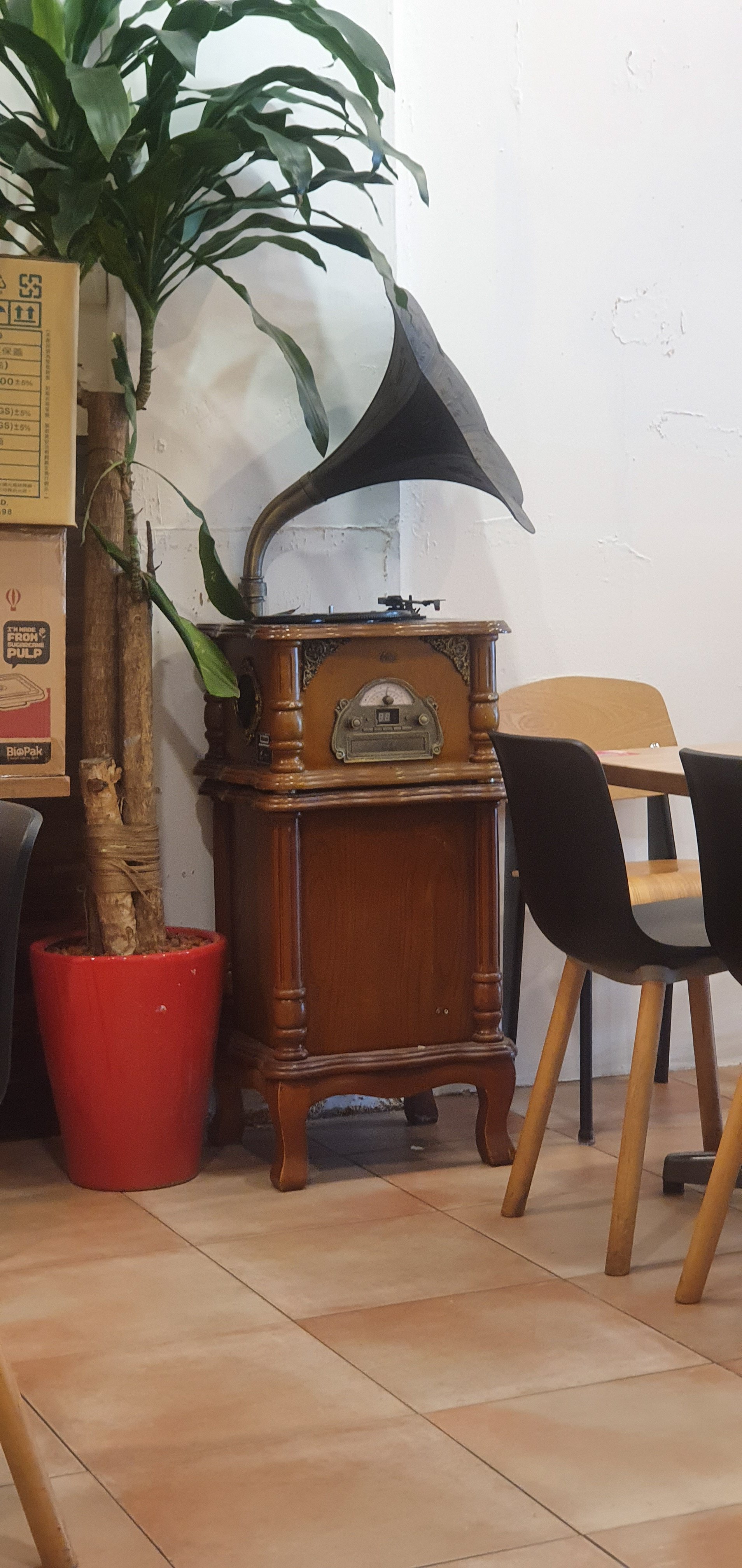
Bluetulips
No personal profile
4Follow
9Followers
0Topic
0Badge
Okk
Powell Will Offer a New Mantra: Slow and Steady
Okk
S&P 500 Opens Flat Following Wednesday’s Post-Fed Rout
Ok
S&P 500 Opens Flat Following Wednesday’s Post-Fed Rout
Ok
Stocks Rise Slightly as Wall Street Tries to Recover after Worst Day since June 2020
Ok
Stocks Rise Slightly as Wall Street Tries to Recover after Worst Day since June 2020
Ok
US Inflation Tops Forecasts, Cementing Odds of Big Fed Hike
Ok
US Inflation Tops Forecasts, Cementing Odds of Big Fed Hike
Okk
Tesla Just Took A Stress Test And Passed It
Ok
Tesla Just Took A Stress Test And Passed It
Okk
Will September Outline A Major Bottom For SPY And U.S. Markets?
Ok
Will September Outline A Major Bottom For SPY And U.S. Markets?
Oklk
3 Stocks Cathie Wood Is Buying That Should Be on Your List Too
Ok
3 Stocks Cathie Wood Is Buying That Should Be on Your List Too
Ok
Reminder: US Market Will be Closed for Labor Day on Monday, 5 September 2022 EDT
Ok
Reminder: US Market Will be Closed for Labor Day on Monday, 5 September 2022 EDT
Okk
US Jobs Data Have Potential to Push Fed Toward Third Jumbo Hike
Ok
US Jobs Data Have Potential to Push Fed Toward Third Jumbo Hike
Okk
Billionaires Have Been Buying These 7 Stocks as the Market Plunges
Okk
Billionaires Have Been Buying These 7 Stocks as the Market Plunges
Okoo
Billionaires Have Been Buying These 7 Stocks as the Market Plunges
Go to Tiger App to see more news